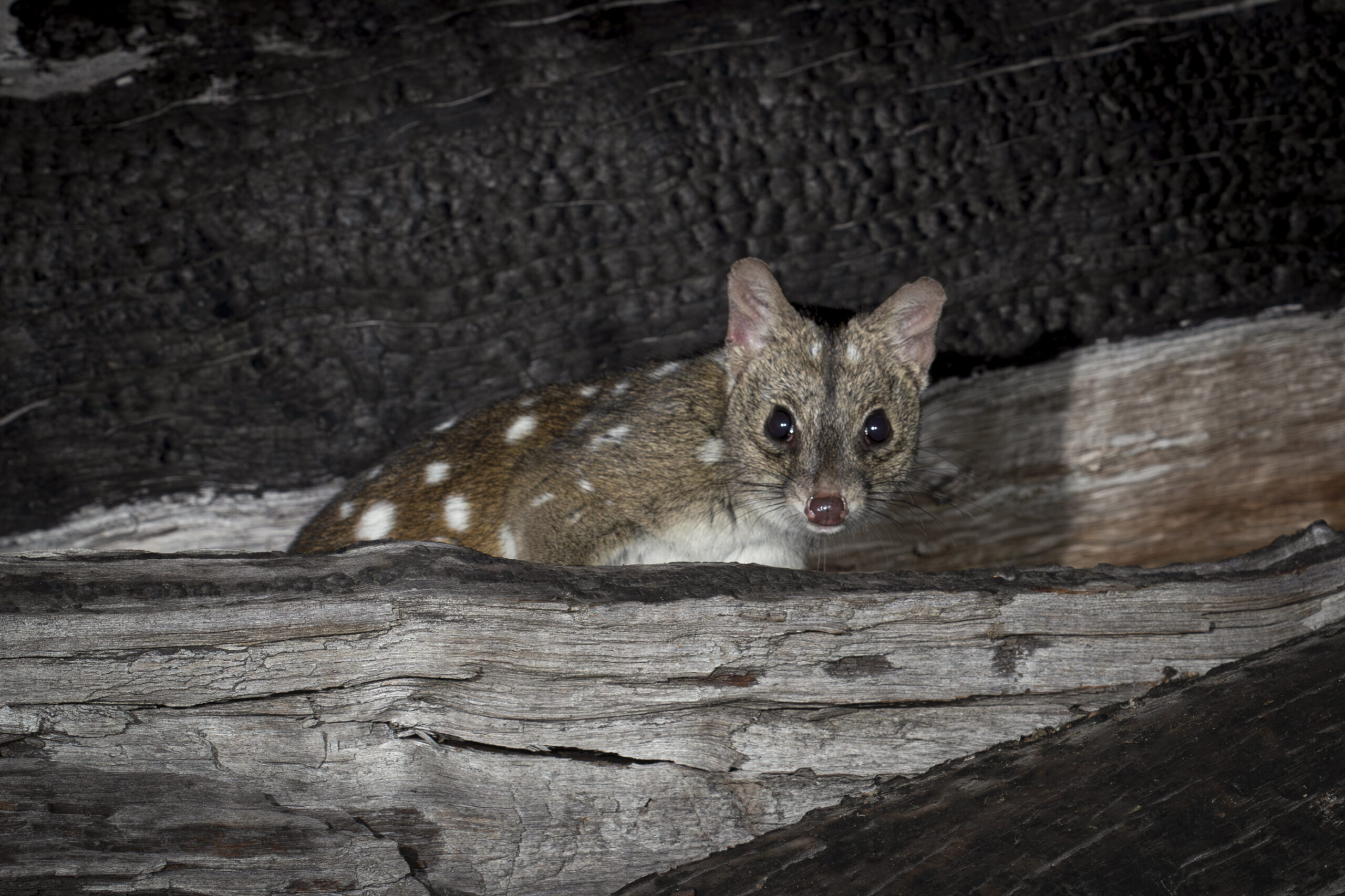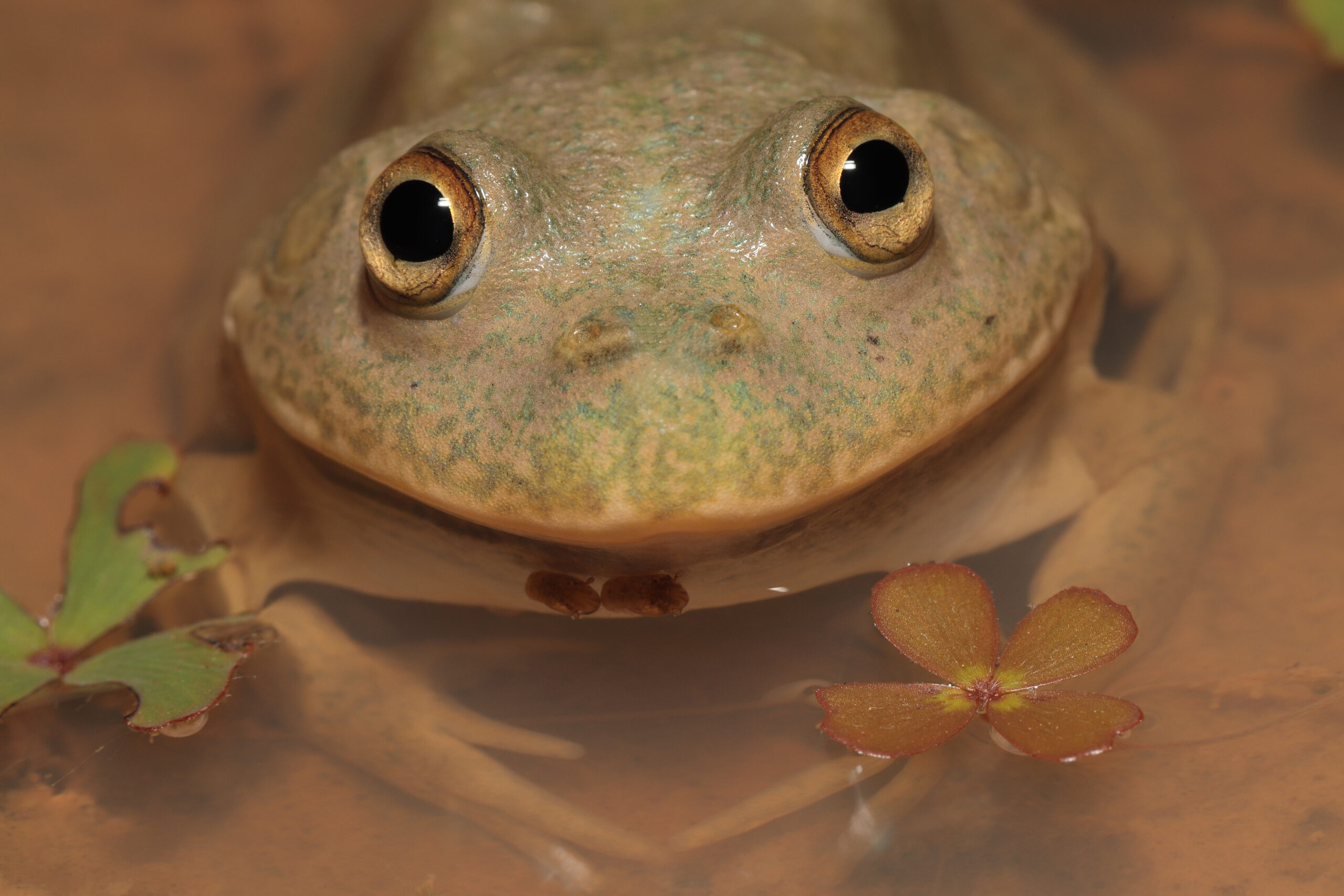| Common name | Eastern brown snake |
| Scientific name | Pseudonaja textilis |
| Type | Reptile |
| Diet | Carnivorous, eating frogs, reptiles, birds, and mammals. |
| Average lifespan | It is unknown how long they live in the wild but average up to 7 years in captivity |
| Size | Averaging 1.5m in length |
One of Australia’s most venomous snakes, the eastern brown (Pseudonaja textilis) is an intimidating reptile that has nervous tendencies and will actively defend itself if it feels threatened. Despite the development of a successful antivenom and first aid practices, there are still between one and two deaths per year from eastern brown bites within Australia.
Ranging in colour from different shades of brown, the eastern brown snake can be almost black to grey, from dark brown to light tan.The underside of the snake is either cream, yellow or a pale orange and some of these reptiles have darker orange, grey or brown blotches.
Despite some individuals growing a whopping two metres in length, the eastern brown is considered a medium-sized snake and has a slender body with a small head.
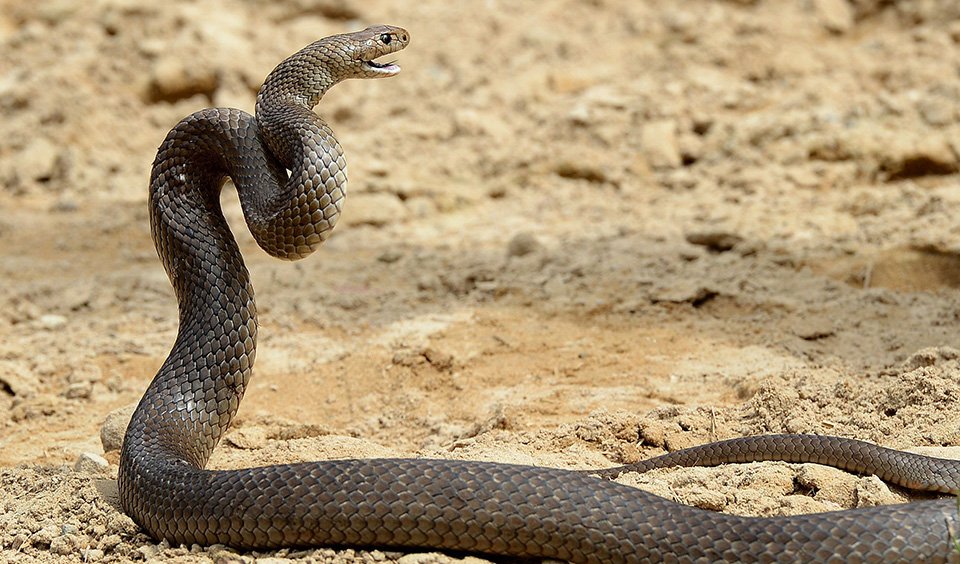
The eastern brown snake makes its home throughout eastern Australia from northern Queensland to South Australia, but not within Tasmania. They also have an isolated population within central and western Northern Territory.
Preferred habitats include Eucalyptus forests, savannah woodlands, pastureland, coastal heathlands, and inner grasslands, with these snakes having adapted well to also survive in farmed, semi-urban and grazed environments. Land clearing due to agriculture has created ideal living conditions for the eastern brown snake, thanks to a ready supply of rodent meals and although they play the role of pest controller well, farmers still regard the increased presence of these snakes as dangerous.
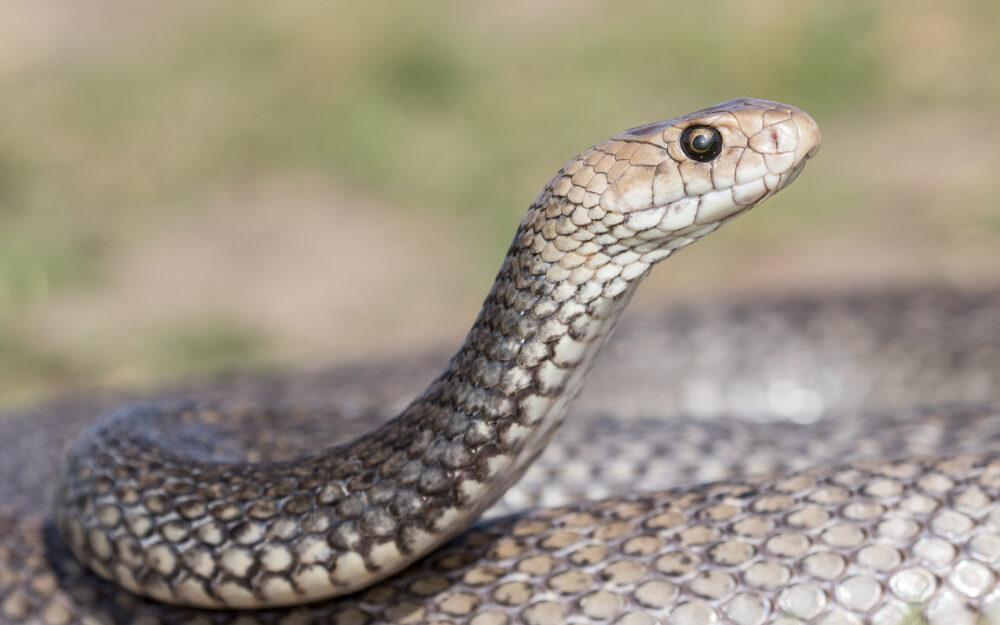
Most active during the day (diurnal) the eastern brown snake can move at a surprisingly fast speed when the weather is warm. This daytime activity, especially on sunny days, makes this reptile the most frequently encountered venomous snake in Australia, as it hunts by day and returns to its burrow at night. With a diet of mostly small mammals, frogs, reptiles, reptile eggs and birds, the eastern brown has a particular preference for rodents including introduced rats and mice.
As the weather cools, the eastern brown snake takes refuge inside its burrow for between four to five months, but despite this, some snakes have been documented basking in the sun on mild winter days.
When the breeding season begins in mid-late spring, the eastern brown snake will take part in a type of combat dance with another snake to assert its dominance. The winning male will then mate with the females within the local territory, who will go on to lay clutches of up to 30 eggs in late spring or early summer. Temperature plays a large role in the time eggs take to hatch, with the incubation period varying between 36 to 95 days. Born with distinct bands on the head and neck, hatchlings do vary in body pattern and are born with an innate threat display that the eastern brown species is known for.
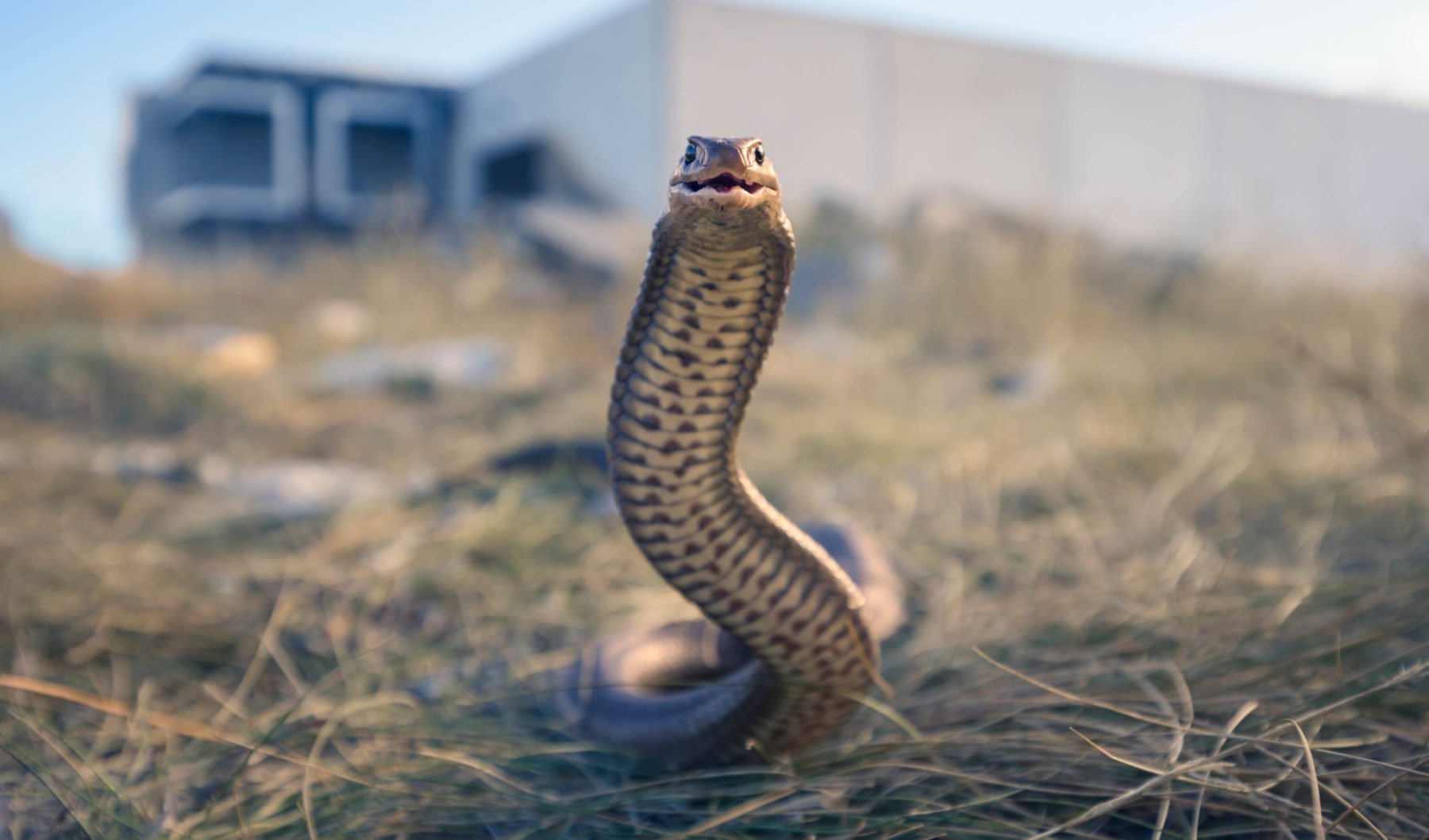
The eastern brown can react defensively if they are surprised or cornered by a human, and this happens more often compared to less active species of venomous Australian snakes, due to their natural living range overlapping with highly populated areas of the country.
If threatened the snake can raise its head and even its anterior part of the body off the ground to face the danger square on and spreads its neck before striking. Although the bite is often painless, the venom of the eastern brown is potent and medical attention should be sought immediately.





